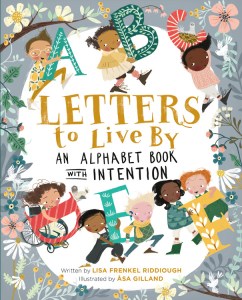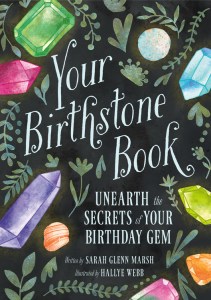How To Help Kids Set Intentions For the New Year
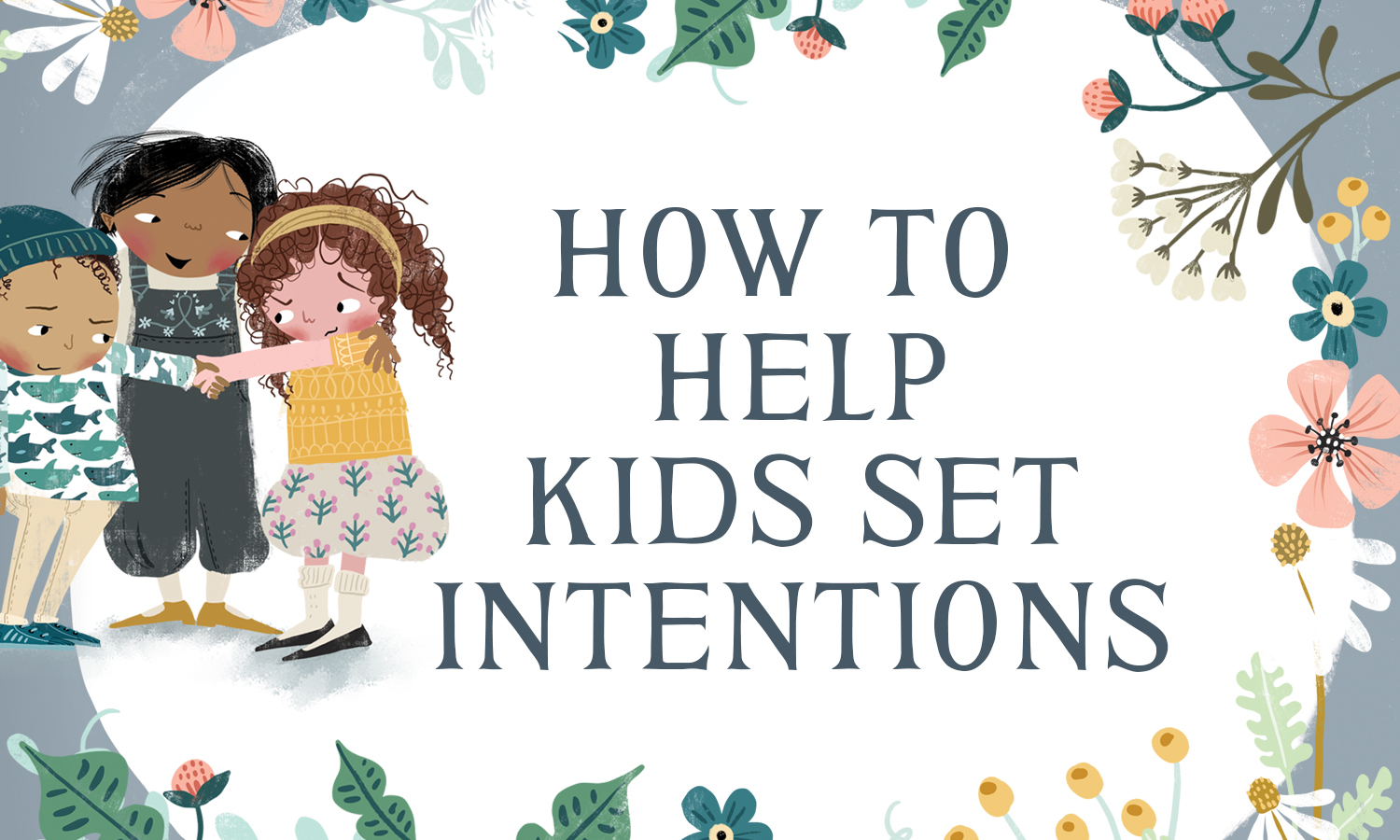
Setting intentions with kids connects their values with their actions and gives them a road map for their hopes and dreams.
While there is so much in life that feels out of control, especially for children, setting intentions is an active choice that gives us control over what we focus on. It is powerful to know that we all get to pick what is important to us. What we value brings us energy. We can use that energy to improve ourselves and the world around us.
Here are three easy steps to help set intentions with kids:
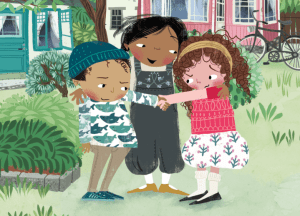 Talk About What Is Important
Talk About What Is Important
Ask your child what is important to them and what matters. Why is this important to them? Explain that what matters to them is what they value. Use these values to help them name desired intentions.
When I wrote the picture book Letters to Live By: An Alphabet Book with Intention, I challenged myself to come up with twenty-six intentions, one for each letter of the alphabet. In deciding on the values I wanted to share in the book, I asked myself how an intention could affect the people around me, our community, and the world. Ask your kids those questions to help them come up with intentions that feel important to them.
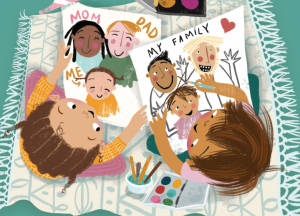 Write It Down
Write It Down
We usually write down our intentions at the beginning of the year. But consider setting intentions with kids more frequently—perhaps on a weekly basis. Talk about what actions might support each intention. Keep a list of intentions in a notebook or on a white board or chalkboard. What actions will support those intentions?
You could even let the alphabet work as a guide, the way I did with Letters to Live By! If your child is unsure where to start, use a random letter generator online or pick a letter out of a hat/bowl to assign a letter. Challenge them to come up with an intention that starts with that letter. This practice helps to focus kids and turns intention-setting into a fun game.
 Check In
Check In
When setting intentions, remember to ask your child at the end of the day or week how those intentions played out. Keep track of actions taken throughout the day/week that made a difference. Review and discuss which intentions are easy and fun and which ones are more difficult. Why are the easy ones easy? Why are the hard ones hard?
After writing Letters to Live By, I wanted to practice what I preached. I kept myself accountable by making lists under each of my intentions. For example, for “Appreciate Art,” I made a list of all the art I had seen that month, from Botticelli’s Allegories to some LEGO masterpieces. We have created some Intention Worksheets for kids to write on—check out the Letters to Live By book page to download them!
When we set intentions, we are directing our thoughts to focus on those things that are the most important to us. When we move our thoughts into action, we create the reality we desire. What could be more powerful for a child than to know that they have agency in their own lives and that their actions dictate what their world becomes? The universe has their backs, and so does the alphabet!
Appreciate art, become brave, and choose compassion. Pairing big ideas like generosity, respect, and joy with the letters of the alphabet, Letters to Live By is a beautiful picture book that encourages children to make the most of each day and leave their mark on the world.
More Inspiring Reads from Running Press Kids
Kids will learn the amazing and sometimes magical history of gemstones from around the world through the corresponding birthstones that represent each month of the year. Everyone knows their birthstone. But do they know the full history of these stones–where they were mined, why they were popular, or how to best harness a stone’s energy? Your Birthstone Book will give readers insight into the powers assigned different birthstones while exploring their fascinating uses over the course of history.
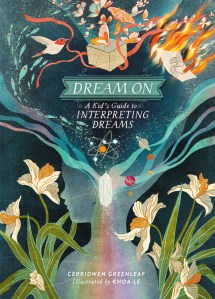 This gorgeous book guides young readers as they learn to decipher the deeper meanings behind their dreams. With a primary focus on friendship, family, and school—and how dreams often reflect uncertainty in these areas of life—Dream On touches on the areas most important to middle grade readers. The book includes a list of some of the most common symbols and imagery in dream interpretation. From falling or forgetting to turn in an assignment to being lost in the woods, readers will be able to examine their subconscious in a new, exciting way!
This gorgeous book guides young readers as they learn to decipher the deeper meanings behind their dreams. With a primary focus on friendship, family, and school—and how dreams often reflect uncertainty in these areas of life—Dream On touches on the areas most important to middle grade readers. The book includes a list of some of the most common symbols and imagery in dream interpretation. From falling or forgetting to turn in an assignment to being lost in the woods, readers will be able to examine their subconscious in a new, exciting way!
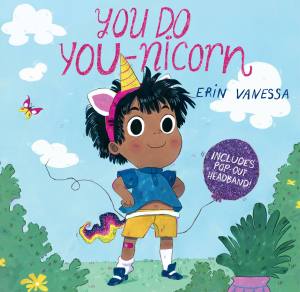 Kids will learn to be their own fabulous selves in this affirming picture book complete with real paper unicorn horn pieces to punch out and assemble into a headband! You Do You-nicorn is a sweet, funny story about inclusivity and staying true to yourself. A gender-fluid child shows their friends that they can be and do whatever they want and feel like–whether it’s playing the digeridoo-nicorn, painting a baboon-icorn, or changing their name to Ruth-icorn!
Kids will learn to be their own fabulous selves in this affirming picture book complete with real paper unicorn horn pieces to punch out and assemble into a headband! You Do You-nicorn is a sweet, funny story about inclusivity and staying true to yourself. A gender-fluid child shows their friends that they can be and do whatever they want and feel like–whether it’s playing the digeridoo-nicorn, painting a baboon-icorn, or changing their name to Ruth-icorn!
 A gorgeously illustrated picture book about the myth of the Buddha and a simple rose told by wellness and mindfulness expert Mallika Chopra. This subtle, powerful, and calming story is about our sacred connection with the natural world and the universe that connects all of us. Wellness expert and author Mallika Chopra breathes life into this simple but poignant story of Buddha and the milkmaid Sujata. Will inspire awareness, wonder, and the joy of being present in kids of all ages!
A gorgeously illustrated picture book about the myth of the Buddha and a simple rose told by wellness and mindfulness expert Mallika Chopra. This subtle, powerful, and calming story is about our sacred connection with the natural world and the universe that connects all of us. Wellness expert and author Mallika Chopra breathes life into this simple but poignant story of Buddha and the milkmaid Sujata. Will inspire awareness, wonder, and the joy of being present in kids of all ages!

